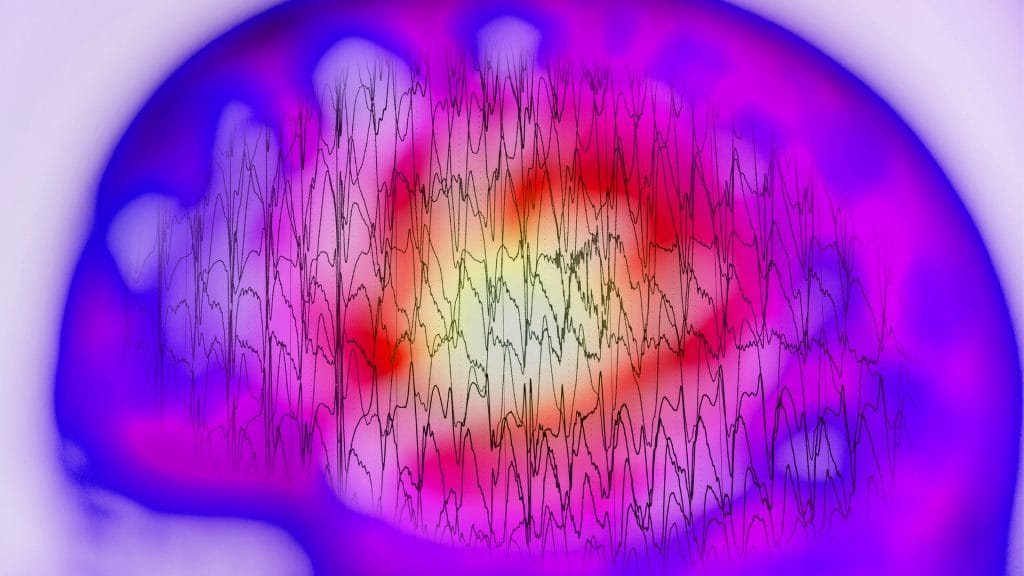
In our last blog, we talked about how the Vagus nerve and various components of your nervous system can affect your level of stress. We also touched upon a few simple suggestions to help you control an overactive fight or flight response.
Today we’re going to introduce you to an exercise that you can practice every day. Performing this exercise will help activate your Vagus nerve and reduce your sympathetic nervous system’s influence.
Doing this exercise is not a substitute for working with a highly trained mental health professional. But it will give you another tool for overcoming feelings of intense anxiety.
How to perform the exercise
- Sit upright in a comfortable position. This can be on the floor with your legs crossed or sitting in a chair if you are at work. Make sure that your spine is straight, and your chin is pointing downward.
- Take a deep belly breath until your lungs feel full. Focus on pulling down on your diaphragm to bring in as much air as possible.
- Slowly exhale until you have removed as much air from your lungs as you can.
- As you exhale, bring the palms of your hands together, pointing your fingers up towards the sky, and begin to press your palms together with as much effort as you are able.
- Hold your breath in this position. Continue to press your hands together for as long as you are able.
- Concentrate on pressing your palms together and try to avoid bringing air into your lungs until the sensation to take another breath becomes too uncomfortable to maintain.
- Relax your hands and inhale deeply.
- Slowly exhale and allow yourself to recover.

How often should I do this?
When starting, you should approach this exercise carefully, especially if you have any cardiac or respiratory challenges. You should consult your doctor before trying this exercise, or any activity that might put stress on your heart or lungs.
If you’re new to this technique, start by performing this exercise three times a day. Slowly add more iterations as needed up to three iterations three times per day.
Why does this exercise work?
A common response to being in a state of panic is rapid breathing. As we discussed in Part I of this series, your body prepares to enter a state of fight or flight. Your rate of breathing will begin to increase to prepare for intense physical stress.
Although your brain is in a panicked state, you normally are not fighting or running from anything. You’re just very nervous. A side effect of rapid breathing is the reduction of carbon dioxide (CO2) in your bloodstream. Every time you exhale, you are breathing out more CO2.
Your body measures CO2 in your blood with receptors that are part of your carotid artery, located on either side of your neck. The brain uses this measurement to monitor the condition of your body, when it senses that there is low CO2, it reinforces the conclusion that you are in a panicked state and reacts accordingly.
What do you think will happen next? That’s right, more sympathetic nervous system activation.
This exercise encourages you to refrain from excessive breathing which raises the CO2 concentration in the blood. Your carotid artery chemoreceptors register this change in blood chemistry and your body reacts by activating the Vagus nerve, inducing a parasympathetic offset to fight or flight.
In other words, holding your breath will help signal to your body that there is no need to run or fight. Everything is fine, we can relax now!
Join us on Facebook, Twitter, and Instagram
Visit us on YouTube – make sure to like and subscribe!
Citations:
“Carotid Body Chemoreceptor – an Overview | ScienceDirect Topics.” Science Direct., 2009, www.sciencedirect.com/topics/immunology-and-microbiology/carotid-body-chemoreceptor.
Jewell, Tim. “How to Train to Hold Your Breath Longer Safely.” Healthline, 7 Feb. 2020, www.healthline.com/health/holding-your-breath.
Meuret, Alicia E et al. “Hypoventilation Therapy Alleviates Panic by Repeated Induction of Dyspnea.” Biological psychiatry. Cognitive neuroscience and neuroimaging vol. 3,6 (2018): 539-545. doi:10.1016/j.bpsc.2018.01.010
Sato, Kohei et al. “Differential blood flow responses to CO₂ in human internal and external carotid and vertebral arteries.” The Journal of physiology vol. 590,14 (2012): 3277-90. doi:10.1113/jphysiol.2012.230425


No responses yet